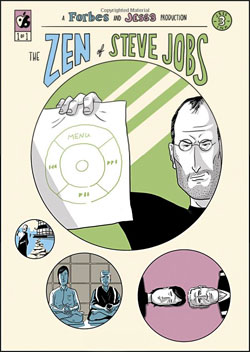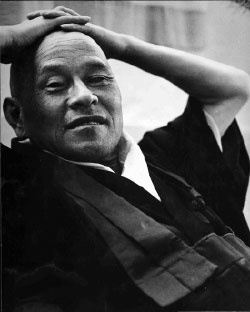Book Review: Guns by Stephen King

During his junior and senior years of high school, Stephen King wrote his first novel. Titled Rage, it was a novel about a troubled high schooler and his abusive father, adolescent angst, and fixation on a schoolmate bully. When the protagonist is expelled from school, he returns to shoot and kill his algebra teacher and take his class hostage. While the class is being held hostage, a “psychological inversion” occurs wherein the class grows to see the bully as the villain rather than the protagonist. Keep in mind this was written in 1964, decades before school shootings were a thing.
When Rage was published years later, school shootings occurred which were directly linked to the book. People had read Rage and mimicked the violence depicted in it, resulting in actual people being murdered in cold blood multiple times. The book was pulled by its publisher but Stephen King says of the copycat killers:
“My book did not break them, or turn them into killers; they found something in my book that spoke to them because they were already broken.”
To me, this part of Stephen King’s past puts him in a unique position to make insightful commentary on the subject.
About Guns
This essay, another Kindle Single, is Stephen King sharing his personal thoughts on gun control. Unlike More Guns, Less Crime by John Lott this is not a substantiated argument backed by evidence, it is something of an opinionated rant. However, a rant by Stephen King holds weight due to his unique history with the subject matter. Also, he is Stephen King.
Although he’s an outspoken liberal, Stephen King is a gun owner. He understands the true nature of gun control, as most actual gun owners do, but believes that semi-automatic weapons can only be used to promote violence and should be banned. There are many obvious counter-points to his assertions but these aren’t addressed, perhaps due to the brevity of this essay. Because of this, it felt like an incomplete argument, but that could be because I judge Guns in the context of More Guns, Less Crime which I also read recently. Guns is a superficial look at the issue while John Lott’s book is a deep dive into the actual facts and figures.
As you’d expect, this book is written exceptionally well. However I feel that if you’re going to address the issue of gun control in a published work, you have a responsibility to to address all angles of the argument to do the subject matter justice. Guns by Stephen King doesn’t quite meet that standard.
Favorite Passages:
“Even if I were politically and philosophically open to repealing the Second Amendment (I’m not), I don’t believe that repeal, or even modification, would solve the problem of gun violence in America, particularly violence of the sort that’s at the root of that problem.”
“The assertion that Americans love violence and bathe in it daily is a self-serving lie promulgated by fundamentalist religious types and America’s propaganda-savvy gun-pimps.”
“I didn’t pull Rage from publication because the law demanded it; I was protected under the First Amendment, and the law couldn’t demand it. I pulled it because in my judgment it might be hurting people, and that made it the responsible thing to do. Assault weapons will remain readily available to crazy people until the powerful pro-gun forces in this country decide to do a similar turnaround.”
Amazon link: Guns by Stephen King
Learn more: Rage by Stephen King, Stephen King on Wikipedia, Sandy Hook Shooting on Wikipedia
Rating:



 Everyone knows that Steve Jobs changed the world, but what’s incredible to me is how many different industries he changed it through. The concept and role of the personal computer was changed through Apple and NeXT, the music industry was transformed by iTunes, and the film industry was shaken up by Pixar. I don’t think anyone since Thomas Jefferson has left such a dramatic and lasting impression on the world.
Everyone knows that Steve Jobs changed the world, but what’s incredible to me is how many different industries he changed it through. The concept and role of the personal computer was changed through Apple and NeXT, the music industry was transformed by iTunes, and the film industry was shaken up by Pixar. I don’t think anyone since Thomas Jefferson has left such a dramatic and lasting impression on the world.
